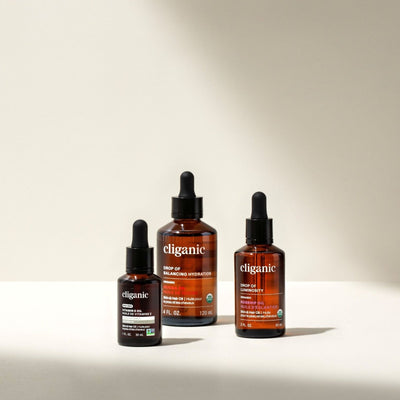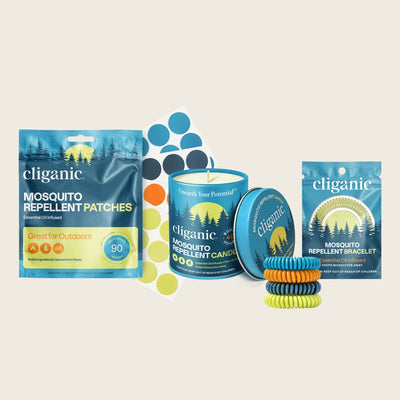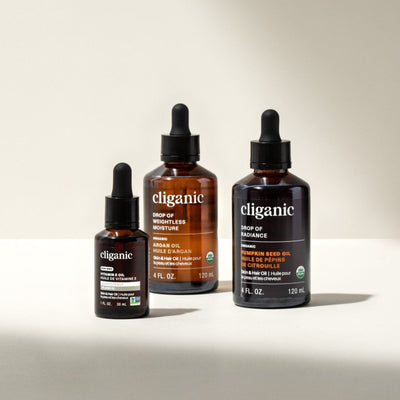
How to Clean Your Essential Oil Diffuser

Diffusing essential oils is a fantastic way to make your home or office smell wonderful and to experience the benefits of aromatherapy on a daily basis. Whether you use your essential oil diffuser regularly or only on special occasions, it’s important to conduct routine cleanings if you want to extend the life of the product and prevent mildew and build-up. Below we detail how essential oil diffusers work, how to clean them, and the kinds of essential oils that work best (and those to avoid).
How Essential Oil Diffusers Work
Essential oil diffusers transform essential oils and water into a fragrant, cool vapor. There are generally four main types of diffusers: ultrasonic, heat, evaporation, and nebuliser, with ultrasonic being the most popular. Ultrasonic diffusers have a vibrating plate or chip that creates ultrasonic vibrations that cause the essential oil to blend with water vapor and then disperse into the air as a fine mist. The best thing about ultrasonic essential oil diffusers is that they are easy to clean and use, and are extremely quiet.
How to Clean Your Essential Oil Diffuser
Now that you know how essential oil diffusers work, the next step is understanding how to clean them. In a perfect world, you would clean your essential oil diffuser after every use. However, we know things can get busy. At the bare minimum your diffuser should be cleaned once a month. Follow the following steps the next time you use your essential oil diffuser.
Special note: Every essential oil diffuser is different, so it’s best to consult your user manual before cleaning to see what is recommended.
Supplies & Tools You’ll Need
- Distilled white vinegar
- Water
- Rubbing alcohol
- Soft cotton cloth
- Cotton swab
- Unplug the diffuser
Never clean your diffuser while it’s plugged in as this can be dangerous. Always unplug it and remove the power cord (if the model allows). If you have a battery operated diffuser, ensure it is turned off.
- Empty the reservoir
Stagnant water in your diffuser can lead to mold and cause excess build up. Prevent this by completely emptying the reservoir after each use.
- Clean the reservoir
Next, mix 1 part distilled white vinegar with 1 part water in a small dish. Dip a soft cotton cloth in the mixture until damp. Use it to wipe the interior of the reservoir clean. Rinse with water and pat dry.
For a deeper clean, you can fill the reservoir half-way full with water and add 8 drops of distilled white vinegar, and then turn the diffuser on for 5 to 10 minutes. Afterwards, unplug the diffuser, empty the contents in the reservoir, rinse with water, and pat dry.
- Clean the ultrasonic chip
The ultrasonic chip is usually located at the center of the reservoir and must be cleaned often in order for it to work well. Drop a cotton swab in rubbing alcohol and use it to gently wipe the chip clean. You may notice excess oil or build up. You can skip this if you opted for the deeper cleaning option in step 3.
- Reassemble
Put the diffuser back together, ensuring each part fits correctly.
- Wipe down the exterior
Clean the outside of the diffuser with a damp cotton cloth to remove dust and dirt.
- Enjoy!
Your diffuser is squeaky clean! Add water and your favorite essential oil blend with water, six back, and relax.
The Best Essential Oils to Diffuse
Once your essential oil diffuser is clean, you can focus on the fun part — adding essential oils to diffuse! While there are many essential oils you can use with a diffuser, some are better than others. Professional Aromatherapist, Amy Galper recommends using the following essential oils for safe and effective diffusing:
- Lavender
- Chamomile
- Sweet Orange
- Pink Grapefruit
- Bergamot
- Geranium
- Frankincense
- Hemlock Spruce
- Juniper
- Rosemary
Essential Oils to Avoid Diffusing
Not all essential oils should be used in a diffuser — many can be harsh on the senses, cause adverse bodily reactions, and can even be unsafe in some cases. Here are the main essential oils Amy advises never to use in a diffuser:
- Thuja
- Cinnamon
- Oregano
- Thyme
- Sage
- Rue
- Wormwood
- Pennyroyal
- Mugwort
- Wintergreen
- Birch
Learn more about why these essential oils should be avoided by watching this video.
In addition to avoiding these essential oils you should also be sure to always diffuse in a well ventilated room and ensure it is set up in an area that won’t get into your eyes or those of kids and pets. And never let your diffuser run continuously for 24 hours.
Best Essential Oil Diffuser Blends
Curious about what essential oil blends work well in a diffuser? We’ve got you covered. Generally speaking, you should keep the total of drops in your diffuser to 5 to 8 for the most effective and enjoyable experience. Here are three of our favorite essential oil blend recipes for diffusers.
Deep Relaxation Blend

Incredibly soothing this blend combines two powerhouse essential oils that are known for calming the mind and body on even the most stressful of days.
- 3 drops of lavender essential oil
- 2 drops of frankincense essential oil
Energizing Blend

If you’re feeling sluggish or in need of an afternoon pick-me-up, this awakening blend will do the trick.
- 2 drops of lemon essential oil
- 2 drops of orange essential oil
- 2 drops of rosemary essential oil
Breathe Easy Blend

This refreshing combination is ideal for allergy season or if you’re feeling under the weather.
- 3 drops of eucalyptus essential oil
- 2 drop of peppermint essential oil
- 1 drop of rosemary essential oil

























